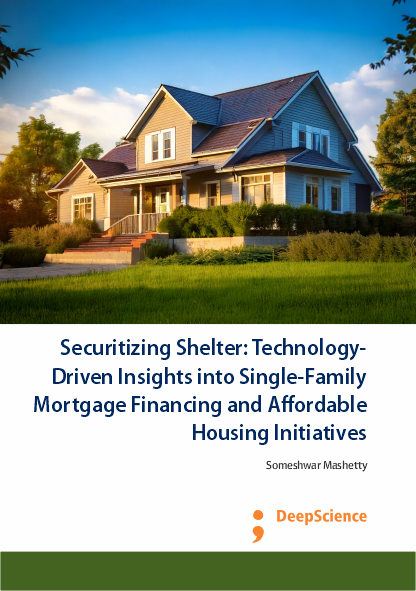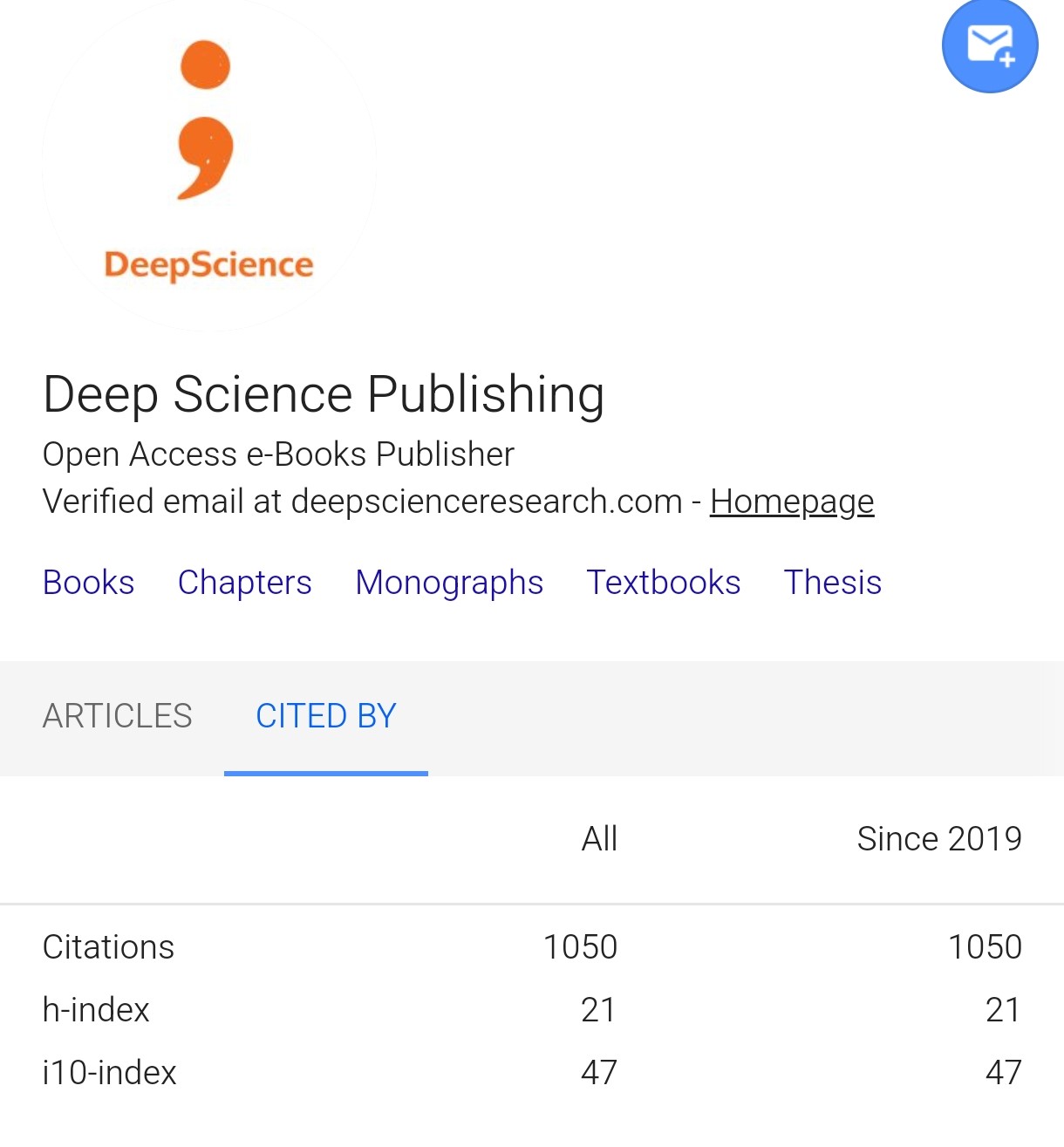Economic incentives and investment strategies for revitalizing under-served neighborhoods
Synopsis
Despite over 25 years of federal, state, and local efforts at revitalizing distressed neighborhoods in both central cities and rural areas, we still do not know very much about the circumstances under which such public sector efforts can effectively leverage the private sector to invest in these areas. Most recently, such anti-poverty policies have stressed, with some success, rehabilitation efforts that attempt to create an attractive business environment in an area that experiences a 25% commercial occupancy ratio or worse. Similarly, the low-income housing tax credit has shown some potential for stimulating new housing in these areas, though we are at best subject to the First Law of Alcoholic Dynamics in terms of proof from this evidence. Clearly, this history contains too many scars from unsuccessful attempts at revitalizing these areas to be very confident of how to do so reliably. Accordingly, the purpose of this paper is to bring a different set of analytical tools to bear on this problem for two reasons. First, the available evidence is inconclusive about which strategies work and which do not, and whether the conditions in any neighborhood are suitable for revitalization in the first place. Second, many of the existing programs rely on public subsidies to stimulate a private sector response, and these subsidies are always in short supply, making their allocation an important policy issue.
7.1.1. Overview of the Study
This paper offers a set of economic incentives and investment strategies for assisting city council members and urban managers to revitalize underserved neighborhoods in an efficient and cost-effective manner while avoiding costly errors and harmful side effects. One way to view our problem is as a public good problem: by their actions, landlords and resident groups tend to produce a spillover, creating a cleaner, safer, and more beautiful neighborhood for all to enjoy. The greater the number of people who pool their resources, the greater the social return. Unfortunately, there are several potential impediments to the provision of this public good. There is asymmetric information, a free rider problem, high costs of organization, and perceived bureaucratic inefficiencies in implementing this public good. Our specific goal in this study is to examine the ways in which city council members and urban managers can light a verbal match that quickly leads to the pooling of resources needed to revitalize an underserved neighborhood. We are aware that all the individuals involved in this public good dilemma cannot afford to participate. Despite this, we believe that much can be done with the participation of some tenants, some landlords, and one neighborhood developer to compensate for market failure. Indeed, we believe that referral can substitute for the economic incentives that might otherwise encourage more extensive pooling.













